Ancient/Now - August 28th
Evidence for psychoactive substances and biological fluids in Ptolemaic ritual, using AI to identify Mesopotamian archaeological sites, and an extraordinary ancient bronze statuette from Albania
New evidence that psychoactive substances and biological fluids played a role in Ptolemaic ritual

Analysis of residue taken from inside a Ptolemaic drinking vessel in the shape of the head of the god Bes from the Tampa Museum of Art reveals evidence of a stomach-turning concoction containing psychoactive substances and human fluids. Traces of botanical elements known for psychotropic and medicinal properties were detected in the residue, along with human biological fluids that could have come from “breast milk, mucous fluids (oral or vaginal), and blood” and a “fermented fruit-based liquid and other ingredients such as honey or royal jelly.” The exact cultural context of this religious, ritual, and/or medicinal concoction is unknown, but the authors write,
A ritual linked to the cult of Bes during the Greco-Roman periods involved the practice of incubation for oracular purposes, in which the consultants slept in the Bes-Chambers at Saqqara to obtain prophetic dreams. This practice was mentioned in the late imperial writings of Ammianus Marcellinus (Res Gestae 19,12.3-12) in relation to the Oracle of Bes at Abydos, and an archaeological testimony is based on hundreds of Greek language graffiti that were engraved by the oracle consultants on the walls of the temple of Seti I in Abydos. In these graffiti, Bes is referred to as the "giver of oracles" and "giver of dreams." The oracle of Abydos was active from the 1st or 2nd to the 5th century CE, and other evidence of oracle dreams of Bes can be found in the Greek Magical Papyri from the same late imperial period.
Bes was traditionally seen as a protective, apotropaic deity associated with pregnant women, women giving birth, children, and psychoactive plants like blue water lilies. You can check out a cool SketchFab 3D model of the drinking vessel in the shape of the head of Bes here.
Although drinking a concoction of bodily fluids might seem at first to be gross and medically misguided to us today, Kara provides some ancient context behind such practices:
While it all seems super magical and mystical to include human body fluids in a healing concoction, it’s really not. Such a mixture is probiotic and beneficial to the immune system. Everyone in the ancient world would have known that human breast milk could kill bacteria in an inflamed eye or heal a gut infection. Blood contains iron, helpful for anemia, if you’ve just given birth, or for a child suffering an intestinal scourge. Honey is the cure-all of the ancient world, clinically proven as anti-bacterial and anti-viral, and honey of the manuka variety just got me through a bad cold. And I just read about curing illnesses by drinking your own urine, the logic being your body is producing the antibodies it needs for whatever illness you have. (Please don’t say I told you to do it haha.)
For more on magic and medicine in ancient Egypt, check out our podcast episode on the subject:
Using AI to identify Mesopotamian archaeological sites in Iraq

The steadily increasing infiltration of AI into our everyday lives has been highlighted this year with the introduction of ChatGPT 4 (just try teaching a writing course in which AI is Chaotic Bad). Well, the application of AI in archaeological research can be used for Chaotic Good. (For a great example, check out the June 5th edition of Ancient/Now in which we featured a story about AI being used to translate cuneiform tablets.) A study recently published in Scientific Reports highlights a “human-AI collaboration workflow” that is helping researchers to identify Mesopotamian archaeological sites in modern-day Iraq. AI models used were trained using satellite imagery as well as information about known sites that have been surveyed by archaeologists. The best model was able to detect archaeological sites with around 80% accuracy. Keeping in mind that the models can make mistakes (Chaotic Good!) and that it is an evolving technology that is in its early stages, the authors write,
The potential applications of this method are far reaching and do not only concern its speed: it should rather be seen as a necessary complement to traditional expert-based photointerpretation, adding to the latter in many cases site features which may go overlooked but are likely to be significant.
Archaeological researchers are only just beginning to explore the possible applications of AI, but the potential to increase the speed and accuracy of their research makes it an exciting new research tool.
And what does Kara think about using AI in archaeological research?
As for me, I would love it if someone (not me) used AI to put coffin fragments back together…
Exceptional 2,500 year-old bronze statuette from Albania comes to the Getty
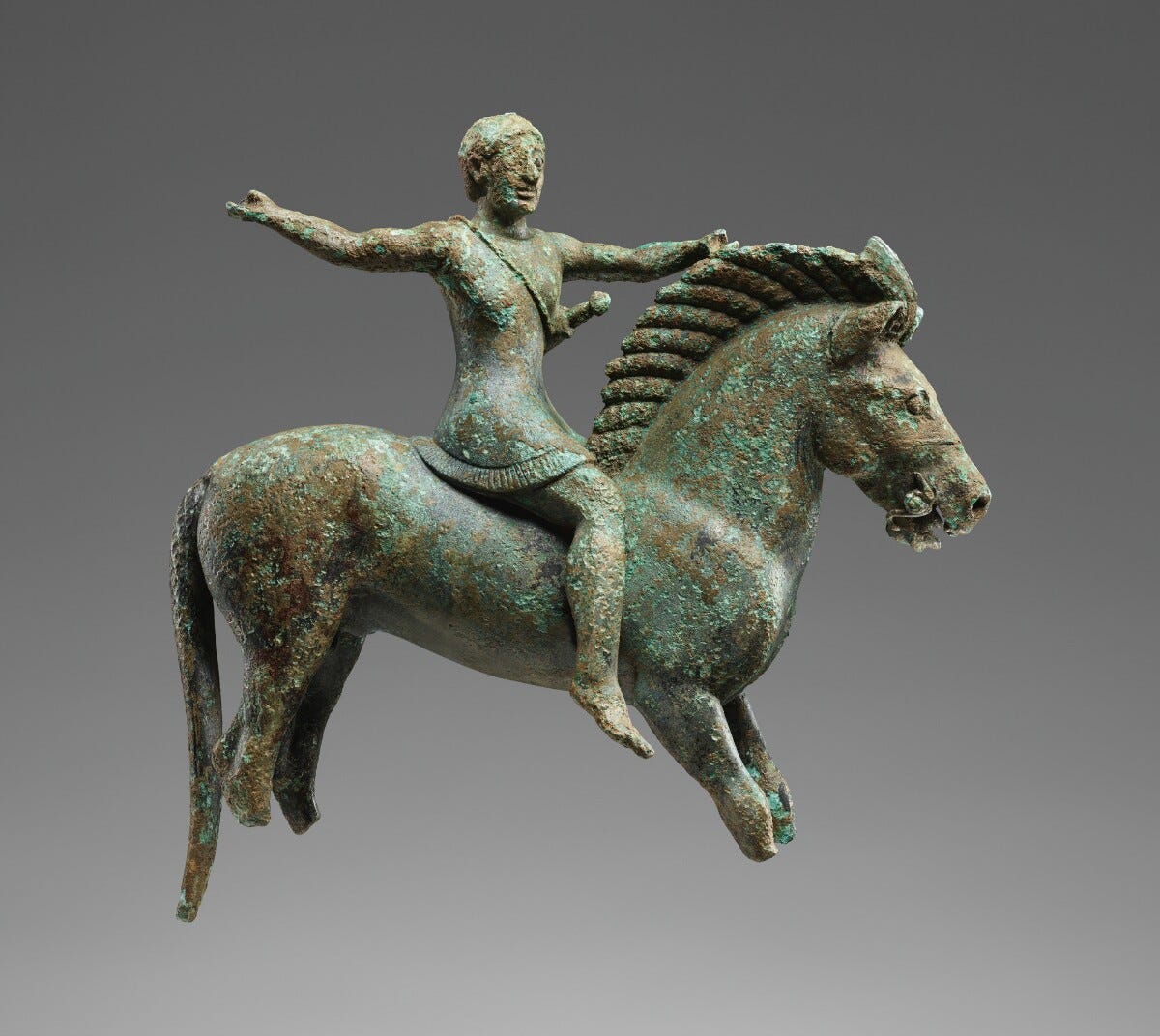
An extraordinary ancient bronze statue of a horse and rider is now on view in a special exhibition, The Horse and Rider from Albania, at the Getty Villa Museum until January 29, 2024. Found in remarkable condition, the statuette was discovered in Babunjë, a site that was once home to ancient Greek colonists in Albania. Getty associate curator Jens Daehner emphasizes the exceptional nature of the find:
“How did it get there, and why was it there, and why was there nothing else found around it that we could really associate with it?” said Jens Daehner, associate curator of antiquities at the Getty Museum, highlighting the questions researchers are trying to answer about this unique find. Yet, he marveled, “The Albanian piece is very much of a quality that you hardly find anywhere else in the Greek world. It’s a really special object.”
After the statuette’s discovery, the Albanian Institute of Archaeology proposed a collaboration with the Getty, whose conservation labs are among the best in the world (we have been there), and the exhibition now on view at the Getty Villa documents their collaborative efforts, including the cleaning, conservation, and study of the object over the last year.
NEW Afterlives of Ancient Egypt Episode: August Patron Q&A
In this month's Patreon Q&A Kara and Jordan answer questions about literature, what they did over the summer and other topics. And as a special treat, Kara debriefs about the recent International Congress of Egyptologists' conference in Leiden.
What else were we reading this week?
Virgil Quotation Found Etched on 1,800-Year-Old Roman Jar
Archaeologists Find 3,000-Year-Old Sword So Well Preserved It ‘Almost Still Shines’
When Did Humans Start Settling Down?
The Archaeological Story of the Etruscan People
BBC Video: What did Stonehenge sound like?
How ceramics are telling the story of 14th century Chinese trade
Dutch unveil 4,000-year-old 'Stonehenge'-like discovery
Seeking the origin of Indigenous languages in South America
Climate change likely led to violence in early Andean populations
One more thing…
We’re back! Our summer hiatus is over and we’re ready to get back behind the keyboard and the podcast mic to deliver engaging, expert content on the ancient world into your earbuds and inboxes. The summer has been filled with travel for all of us. Kara and Jordan each hit destinations across Europe including England, Italy, the Netherlands, and Romania. Amber ventured into the wilderness of the western United States through six national parks in eight states. Scroll on to see some of our favorite snaps!






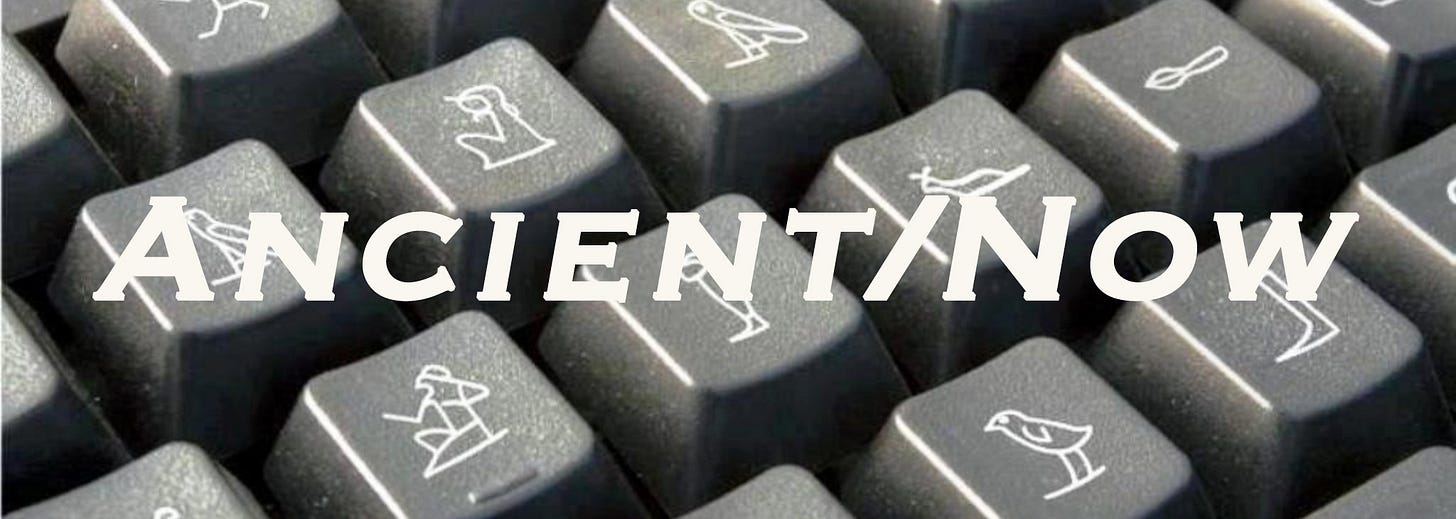
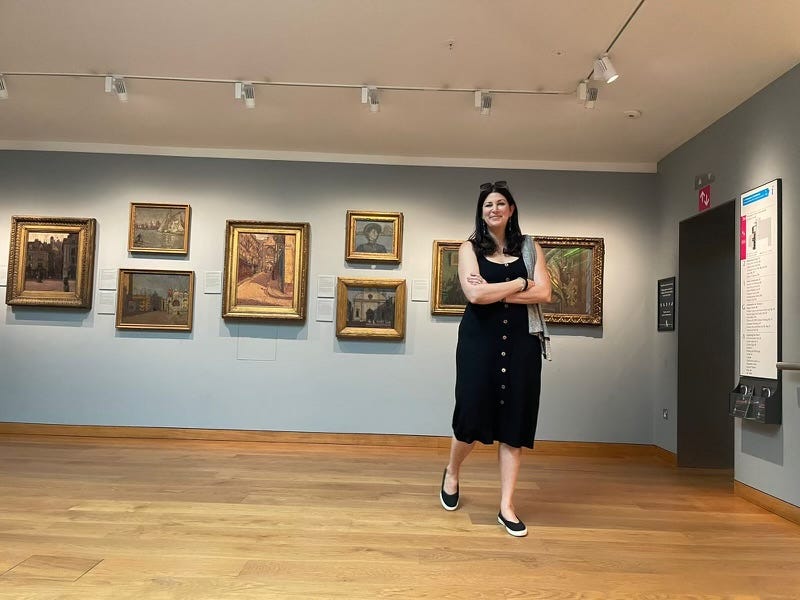
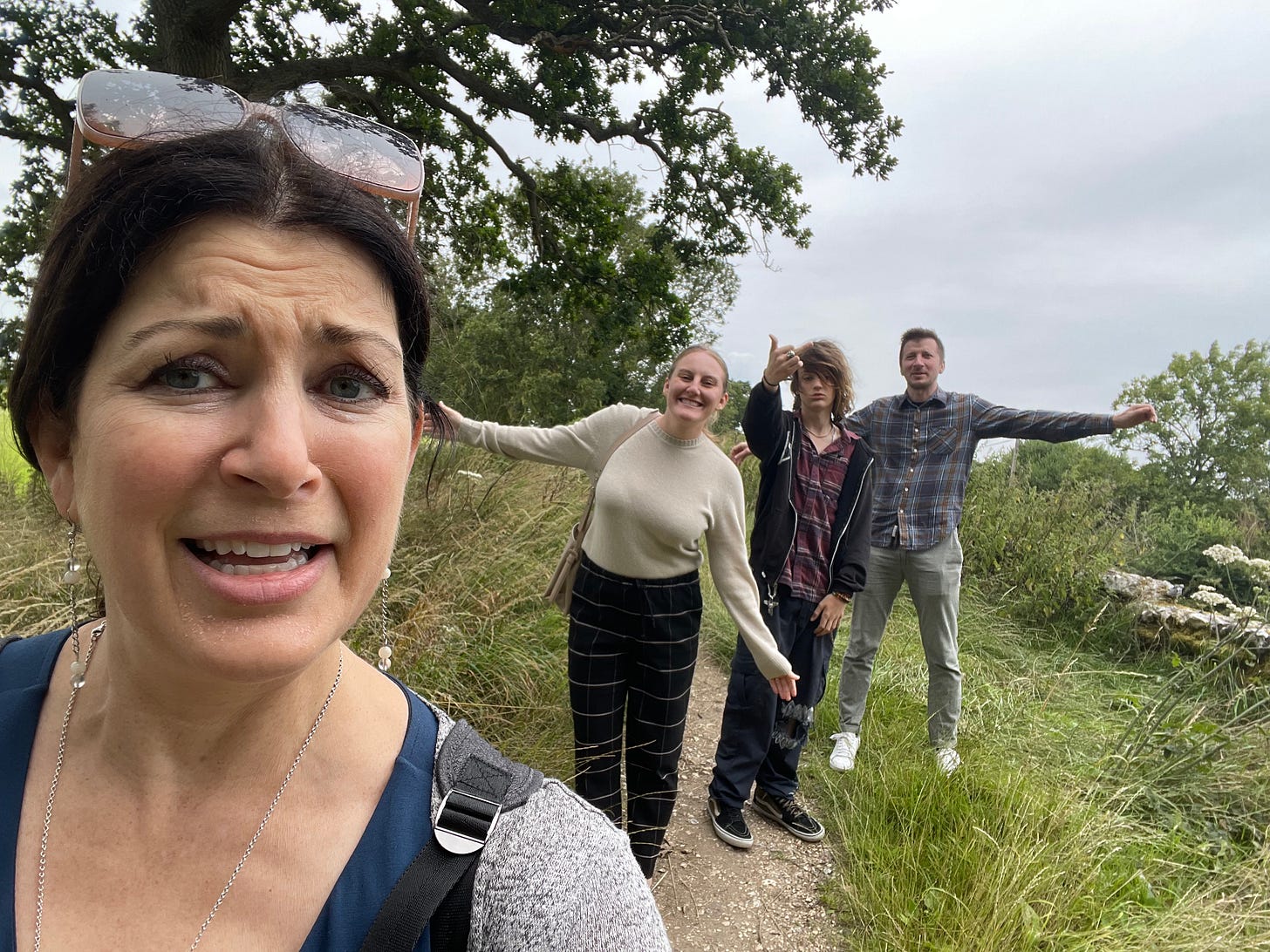
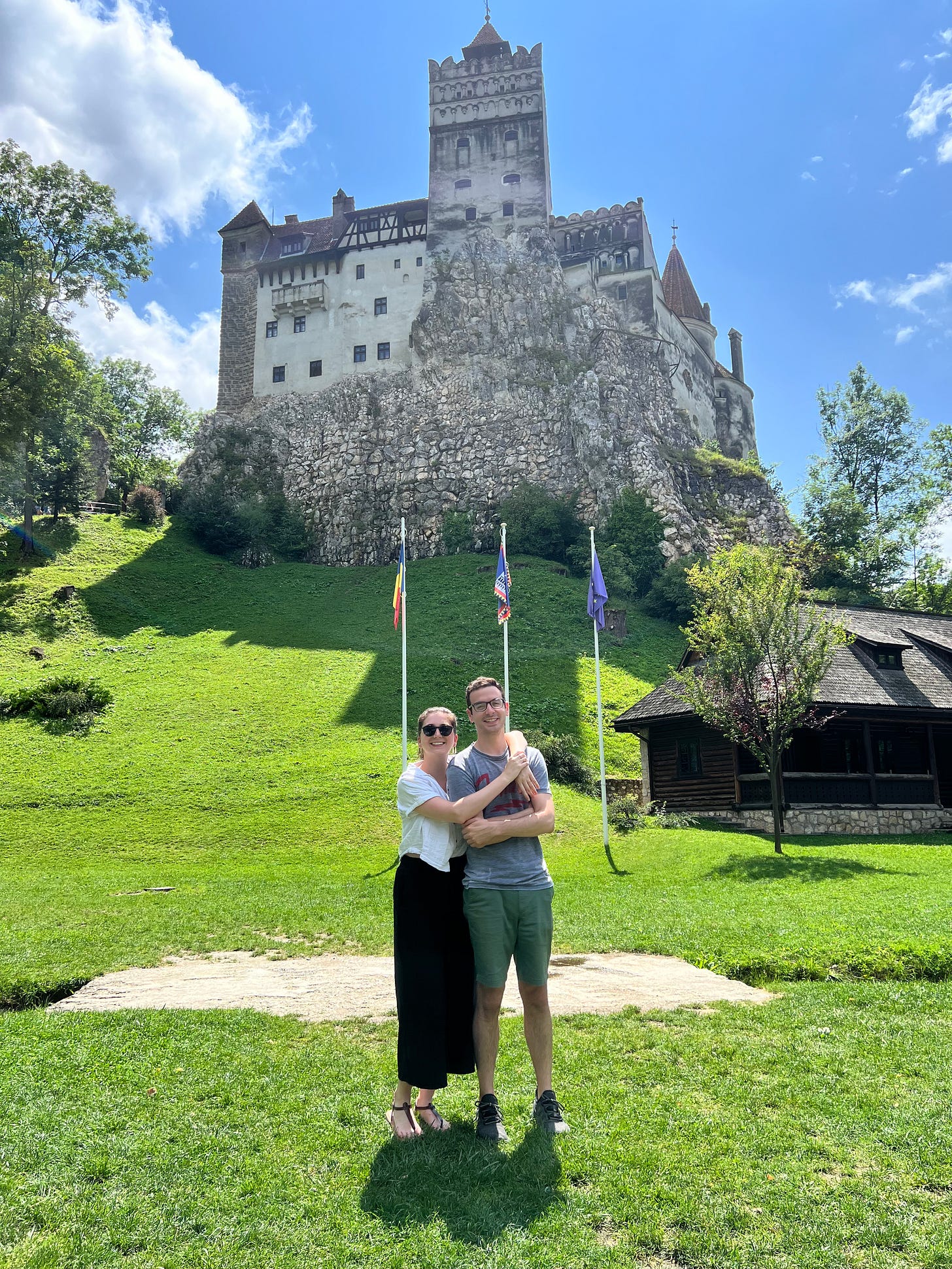


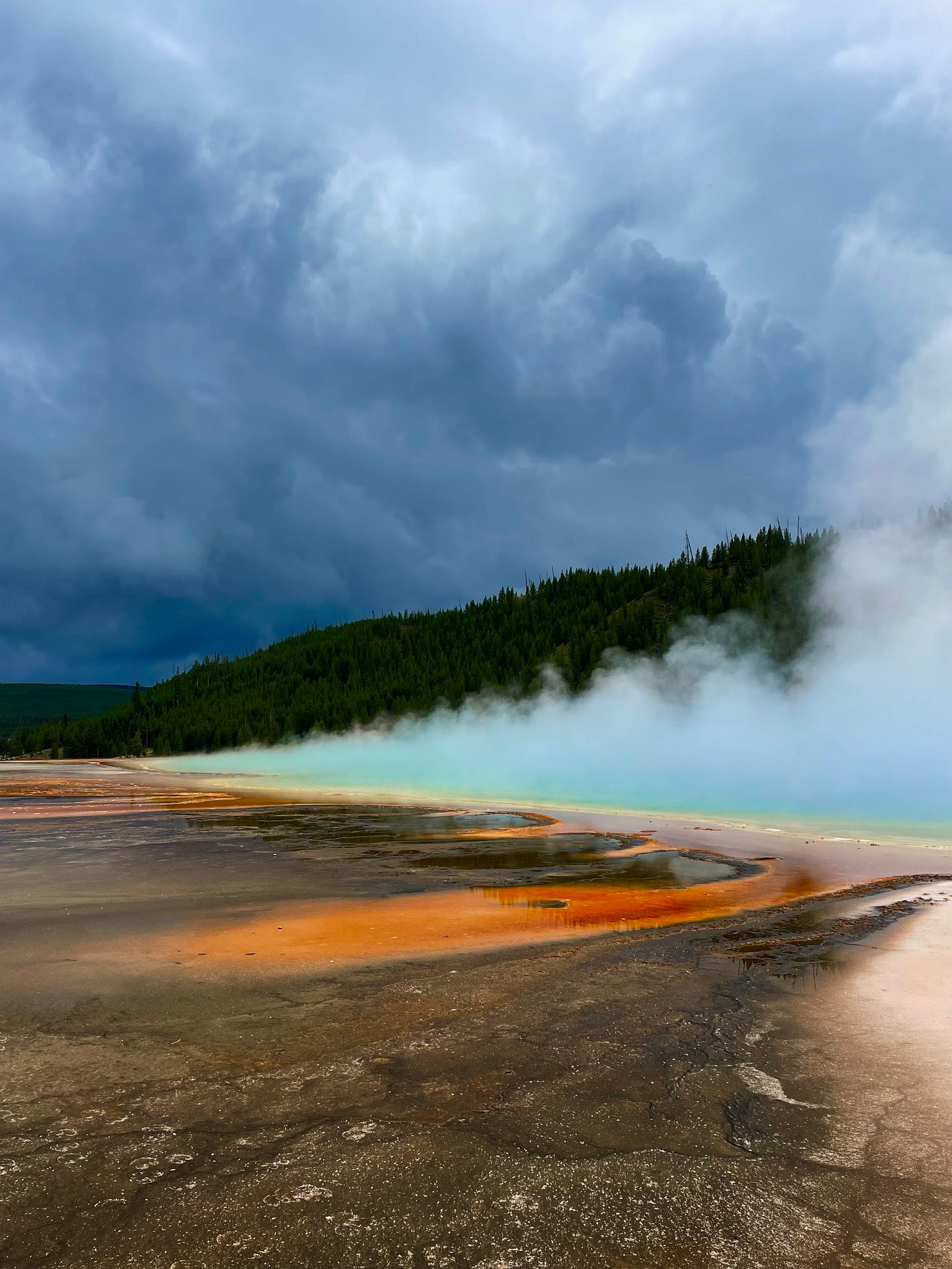
This is great info! Thank you!